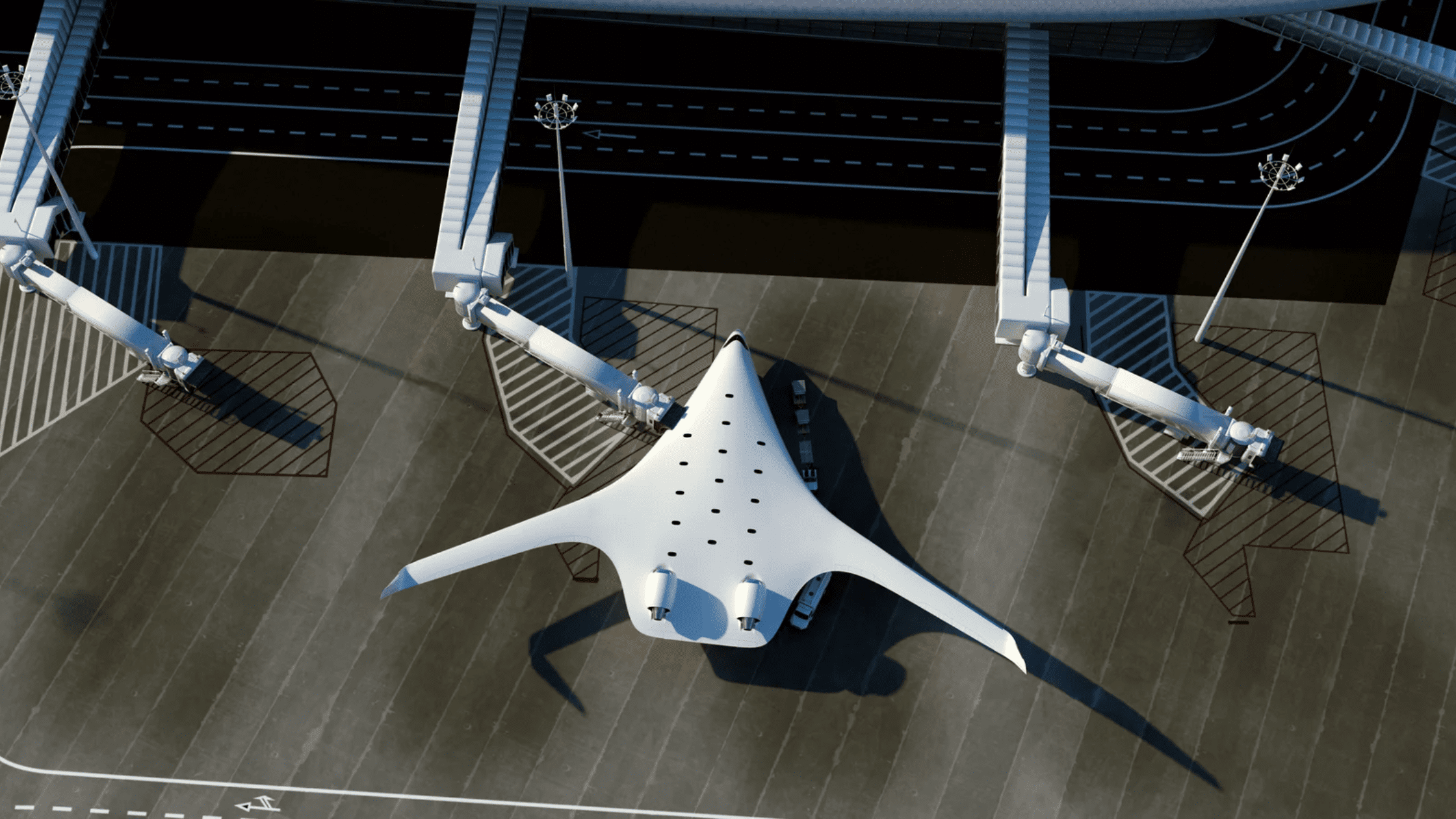Redefining Airplane Design
The future of flight holds the promise of groundbreaking innovations that will reshape the aviation industry. As we look ahead, it becomes increasingly clear that airplane design requirements are evolving to prioritize efficiency, sustainability, and passenger comfort. In this essay, we will explore how the concept of Blended Wing Body (BWB) aircraft is poised to play a pivotal role in shaping the future of aviation.
Features of a BWB Airicraft
Efficiency and Sustainability:
One of the foremost design requirements for future airplanes is efficiency, driven by the imperative to reduce carbon emissions and fuel consumption. Traditional aircraft configurations, with their separate fuselages and wings, create aerodynamic inefficiencies. BWB aircraft address this issue by seamlessly integrating the body of the plane into the wing structure. This design results in reduced drag, improved lift, and enhanced fuel efficiency. By 2050, we can expect to see a proliferation of BWB aircraft, offering airlines a sustainable solution to meet their environmental goals.
Innovation in Aerodynamics:
Aerodynamics is at the heart of airplane design, and the BWB design leverages this principle to its fullest. The distinctive shape of BWB aircraft not only reduces drag but also provides a larger surface area for lift, allowing for more efficient flight. Engineers are continually refining BWB designs, using cutting-edge computational simulations and wind tunnel testing. This dedication to innovation in aerodynamics will be central to the success of BWB aircraft in the future of flight.
Passenger Comfort and Space:
The comfort of passengers is another crucial design requirement. The BWB configuration offers more cabin space than traditional aircraft, thanks to its wide, flattened interior. Passengers can expect more spacious seating arrangements, larger windows, and improved in-flight amenities. By 2050, air travel may become a more enjoyable experience for passengers, thanks in part to BWB designs that prioritize their well-being.
Challenges and Development:
While the potential benefits of BWB aircraft are substantial, their widespread adoption faces challenges. These include regulatory approval, infrastructure adaptation, and investment in research and development. Nevertheless, with the aviation industry’s commitment to sustainability and advancements in technology, it is likely that BWB aircraft will become a prominent feature of the skies by 2050.
The Future of Flight
The future of flight hinges on innovation, sustainability, and passenger-centric design. Blended Wing Body aircraft, with their efficient aerodynamics, spacious cabins, and potential for reduced environmental impact, are well-positioned to meet the evolving airplane design requirements of the coming decades.
As aviation continues to transform, BWB aircraft represent a significant step forward, offering a glimpse of the exciting possibilities awaiting the aviation industry in the years to come.
Image: JetZero



